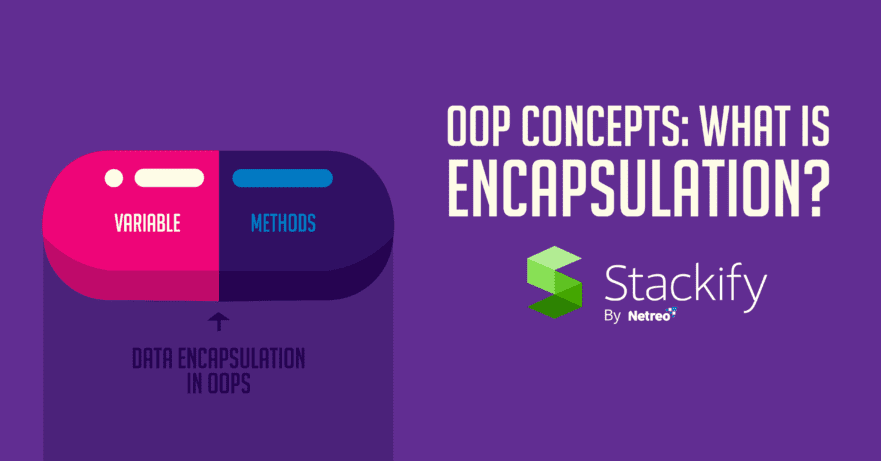
What is Encapsulation?
Encapusulation is a concept in coding. What is it?
Encapsulation is one of the fundamental concepts in object-oriented programming (OOP). Let’s see how we can implement encapsulation using Java.
By definition, encapsulation describes bundling data and methods that work on that data within one unit, like a class in Java. We often often use this concept to hide an object’s internal representation or state from the outside. This is called information hiding.
The general idea of this mechanism is simple. For example, you have an attribute that is not visible from the outside of an object. You bundle it with methods that provide read or write access. Encapsulation allows you to hide specific information and control access to the object’s internal state.
If you’re familiar with any object-oriented programming language, you probably know these methods as getter and setter methods. As the names indicate, a getter method retrieves an attribute and a setter method changes it. Depending on the methods that you implement, you can decide if an attribute can be read and changed. You may also control if the attribute is read-only or not visible at all. Later, we’ll show you how you can also use the setter method to implement additional validation rules to ensure that your object always has a valid state.
Let’s take a look at an example that shows the concept of encapsulation in Java. This example implements information hiding and applies additional validation before changing the values of your object attributes.

Encapsulation is a fundamental concept in object-oriented programming (OOP) that refers to the bundling of data and methods that operate on that data within a single unit, which is called a class in Java. Encapsulation is a way of hiding the implementation details of a class from outside access and only exposing a public interface that can be used to interact with the class.
In Java, encapsulation is achieved by declaring the instance variables of a class as private, which means they can only be accessed within the class. To allow outside access to the instance variables, public methods called getters and setters are defined, which are used to retrieve and modify the values of the instance variables, respectively. By using getters and setters, the class can enforce its own data validation rules and ensure that its internal state remains consistent.

Encapsulation is a fundamental principle in object-oriented programming (OOP) that refers to the practice of hiding the internal workings of an object and exposing only the necessary information to the outside world. In other words, encapsulation is the process of bundling data and functions that operate on that data within a single unit, such as a class, and protecting that unit from outside interference or misuse.
- 22 Forums
- 1,969 Topics
- 5,307 Posts
- 0 Online
- 1,282 Members

